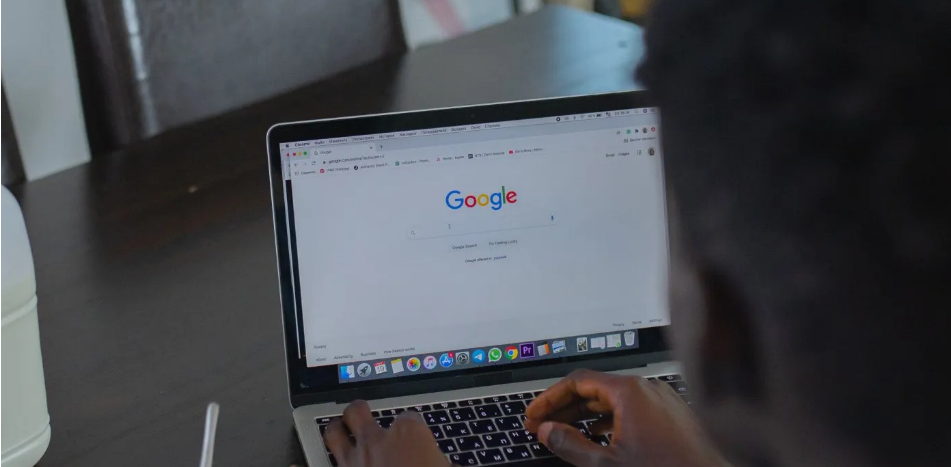Web Design combines aesthetics and functionality in creating websites to suit the needs of users. This is a vital area of expertise for businesses, as the way in which a website looks can make or break its success.
A good web designer understands how to balance appearance with function, creating a site that visitors will enjoy using and will help convert them into customers. They use Adobe Illustrator, Photoshop and Sketch to create graphics and icons that complement their brand identity.
They work on the creative side of web design, implementing symmetry, color systems and proportions to engage visitors and encourage them to stay. They also design and build the interface of a site, including buttons and other controls, to make it interactive.
The internet has evolved dramatically over time, with many technological advances impacting the way websites are designed. For instance, before JavaScript, a designer had to rely on flash and complicated table structures to structure pages that were compatible with all browsers and screen sizes.
With the introduction of JavaScript, the web became more interactive. Examples include popup windows, auto-refresh features on social feeds and search suggestions from Google that appear as you type a query.

Over time, web designers began to move towards flat design which strips away the hyper-realistic representation of objects, focusing on clean lines and simple areas of color. This style began to dominate around the release of Apple's iOS 7 in 2013.
With the increasing amount of mobile traffic, responsive design was introduced as a new approach. This design technique adapts to the size of a screen, allowing for flexible images and responsive grids. This is a useful way to make sure that a website's content can be accessed by any device.
